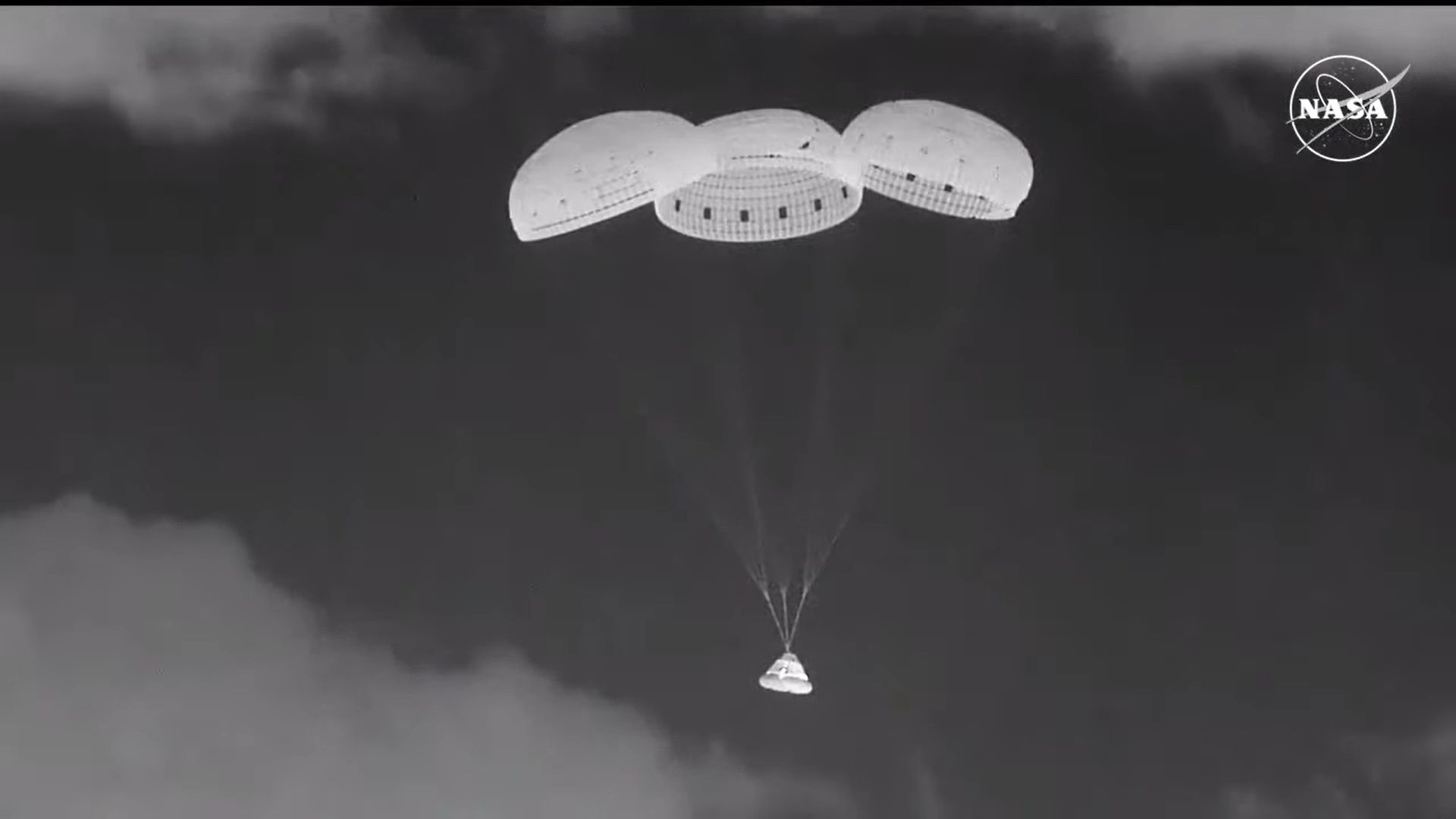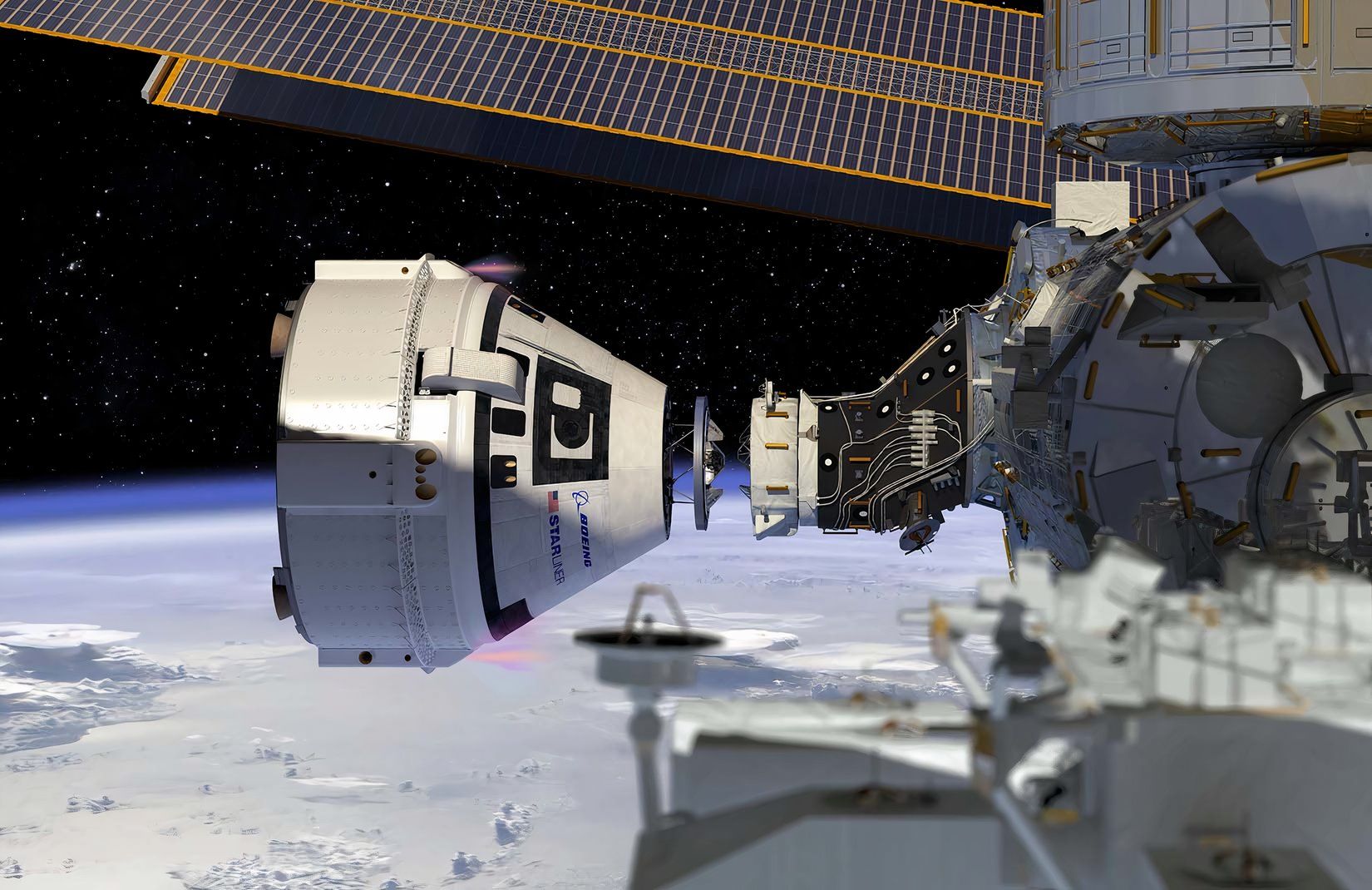Summary
- Starliner landed at White Sands Space Harbor in New Mexico after ISS undocking.
- Three main parachutes deployed after re-entry and nitrogen-filled airbags inflated before landing.
- Spacecraft will be taken to Kennedy Space Center for analysis.
Starliner successfully returned to Earth after landing at White Sands Space Harbor in New Mexico. The spacecraft will be transported back to Kennedy Space Center in Florida, where it will be carefully analyzed to understand what went wrong.
Starliner uncrewed return success
After autonomously undocking from the International Space Station (ISS) at 18:04 EDT on Friday, Starliner performed a special breakout burn about 90 seconds after separation to ensure it got clear of the ISS quickly. It then spent approximately six hours journeying back to Earth, initiating a deorbit burn at 23:17 before its landing just after midnight EDT.
The spacecraft’s three main parachutes were deployed after it re-entered the atmosphere, and its base heat shield then separated from the main capsule to allow its six nitrogen-filled airbags to deploy, cushioning its fall as it made contact with Earth. Technicians then used equipment to detect the presence of any unsafe hyperbolic fluids before opening the hatch and collecting time-critical cargo.
Photo: Boeing
Boeing’s Starliner encountered unexpected thruster problems and helium leaks during its journey to the ISS, leaving NASA concerned about its safety for the return journey. The planned eight-day Boeing Crew Flight Test mission would eventually last a full three months, with NASA deciding to bring astronauts Butch Wilmore and Suni Williams home in a SpaceX Crew Dragon instead.
Starliner left Earth in early June without the software to perform an uncrewed return, as it was assumed Wilmore and Williams would crew the vehicle on its return. NASA and Boeing engineers worked on software updates to ensure the vehicle could return without the two astronauts, who will now be returning to Earth onboard a SpaceX Crew Dragon in February 2025.
The inquest begins
According to an update from NASA, Starliner will now be transported to Boeing facilities at Kennedy Space Center, where engineers will examine it to determine the exact cause of its technical problems. Having a problem-free return mission was critical to Boeing’s future certification prospects, particularly given the plethora of other issues the company is facing.
However, there’s no guarantee that Starliner’s successful return will convince Boeing to stay in the spacefaring business. Boeing’s Starliner program has already lost upwards of $1.6 billion, and the company has yet to successfully complete a single crewed NASA mission, compared to its rival SpaceX, which has delivered on seven missions thus far.
As quoted by The New York Times, Bank of America aerospace and defense analyst Ron Epstein said in a research note last month that it would not be a surprise “if Boeing were to divest the manned spaceflight business,” adding that it is unclear when the company would be handed another opportunity to fly astronauts into space.


